#George II of Greece
Photo
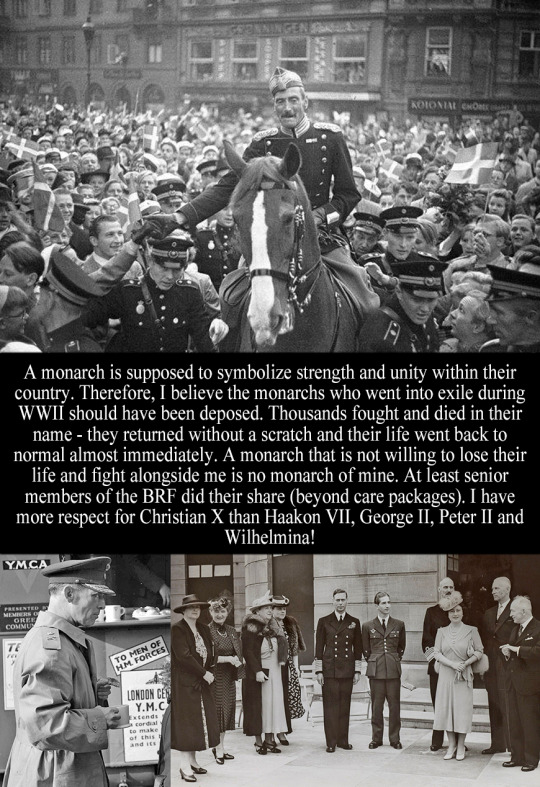
“A monarch is supposed to symbolize strength and unity within their country. Therefore, I believe the monarchs who went into exile during WWII should have been deposed. Thousands fought and died in their name - they returned without a scratch and their life went back to normal almost immediately. A monarch that is not willing to lose their life and fight alongside me is no monarch of mine. At least senior members of the BRF did their share (beyond care packages). I have more respect for Christian X than Haakon VII, George II, Peter II and Wilhelmina!” - Submitted by Anonymous
#King Christian X#Haakon VII#Peter II of Yugoslavia#queen wilhelmina#George II of Greece#british royal family#monarchy
20 notes
·
View notes
Text

Tsarevich Nicholas (later Tsar Nicholas II), Grand Duchesses Xenia and Olga Alexandrovna and Grand Duke Michael Alexandrovich with cousins, including Prince George (later King George V of United Kingdom).
#tsar nicholas ii#king george v#grand duke michael#xenia alexandrovna#olga alexandrovna#greece#england#denmark#tsar#young nicky#grand duke#grand duchess#1894 and early
30 notes
·
View notes
Text
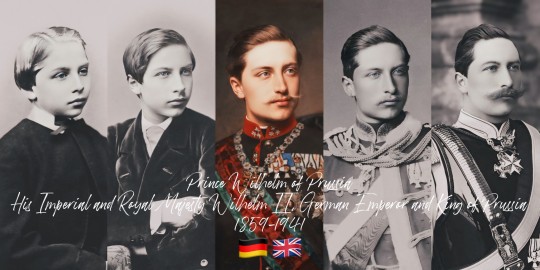
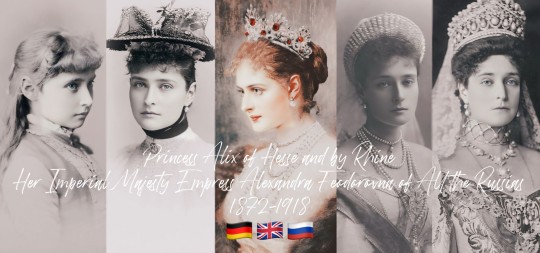
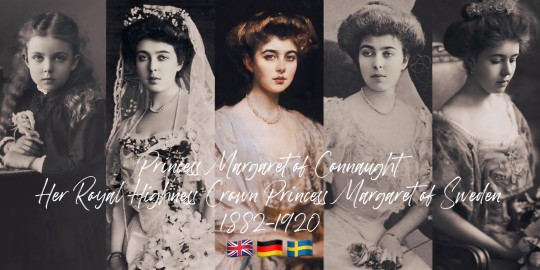
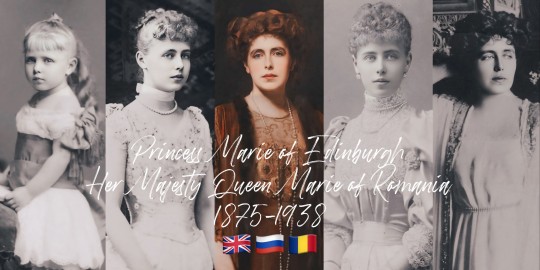

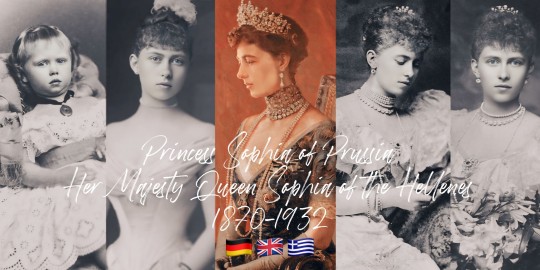
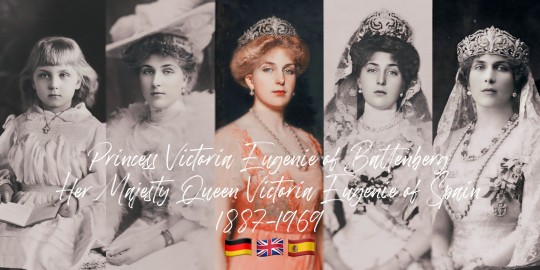

"The Monarchs of Queen Victoria’s Legacy"
Wilhelm II was the first of Queen Victoria's grandchildren to ascend to a throne, becoming German Emperor in 1888. His reign initiated the lineage of monarchs descended from Victoria. The last to be crowned was Marie of Romania in 1914, marking the end of an era for Victoria's royal progeny.
Queen Maud of Norway holds the distinction of having the longest tenure as Queen Consort among Queen Victoria's grandchildren, with a reign that spanned 33 years. Her time on the throne was characterized by a harmonious blend of British heritage and Norwegian culture, leaving a legacy of benevolence and cultural patronage. Conversely, Queen Sophia's role as Queen Consort of the Hellenes was the briefest, lasting just about 4 years due to the political upheavals of World War I and Greece's National Schism, which led to her husband's abdication. Despite the short span, her resilience and dedication to her royal duties remained unwavering.
The execution of Empress Alexandra Feodorovna was a deeply tragic event, reflecting the brutal reality of the Russian Revolution. On the night of 16-17 July 1918, she and her family were executed by Bolshevik revolutionaries in Yekaterinburg. Alexandra witnessed the murder of her husband, Tsar Nicholas II, before she herself was killed with a gunshot to the head. The violence of that night brought an abrupt and grim end to the Romanov dynasty, extinguishing the lives of the last imperial family of Russia in a stark and merciless manner. Her death marked the first among Queen Victoria’s crowned grandchildren. In contrast, Queen Victoria Eugenie of Spain lived through the upheavals of the 20th century, witnessing the restoration of the Spanish monarchy. She passed away in 1969, the last of Victoria’s crowned grandchildren, her life reflecting the dramatic changes of her time.
George V’s United Kingdom, a realm where tradition blends with modernity, continues to stand firm. The monarchy, a symbol of continuity, has weathered the storms of change, its crown passed down through generations, still reigning with a sense of duty and connection to the people.
Maud of Norway’s legacy endures in the serene beauty of Norway, where the monarchy remains a cherished institution. Her reign, characterized by a quiet strength and a nurturing presence, is remembered fondly, and the royal house she helped establish continues to flourish.
Margaret of Connaught’s Swedish monarchy, into which she married, stands resilient. Though she never became queen, her descendants uphold the traditions and values she embodied, maintaining the monarchy as a pillar of Swedish national identity.
Victoria Eugenie of Spain saw the Spanish monarchy navigate the tumultuous waters of the 20th century, enduring a republic and a dictatorship before being restored. Today, it stands as a testament to resilience, with her bloodline still on the throne, embodying the spirit of reconciliation and progress.
In stark contrast, the fates of other monarchies were marked by tragedy:
Wilhelm II witnessed the fall of his German Empire in the aftermath of World War I. His abdication marked the end of an era, and he spent his remaining years in exile, a once-mighty emperor without a throne, reflecting on the lost glory of his realm.
Sophia of Hellenes experienced the disintegration of the Kingdom of Greece amidst political upheaval. The monarchy, once a symbol of national unity, was abolished, leaving her and her family to face the harsh reality of a world that had moved beyond the age of empires.
Alexandra Feodorovna’s Russian Empire crumbled during the Bolshevik Revolution. The tragic end of the Romanov dynasty saw her and her family executed, their fates sealed by the tides of revolution that swept away centuries of monarchical rule.
Marie of Romania’s kingdom, once a beacon of hope in the aftermath of World War I, eventually succumbed to the forces of history. The monarchy was abolished after World War II, and the royal family faced the stark reality of a republic.
#wilhelm ii#Marie of Edinburgh#Marie of romania#George v#alix of hesse#alexandra feodorovna#Margaret of connaught#Margaret of Sweden#Victoria eugenie of Spain#Sophia of Prussia#Sophia of Hellenes#Sophia of greece#queen maud#princess maud of wales#Victoria eugenie of battenberg
18 notes
·
View notes
Text

Romanov relatives: The family of Prince Andrew of Greece
Prince Andrew, fourth son of Olga Konstantinovna, is seated in front with his nephew, the future King George II of the Hellenes. Behind them are Andrew's younger brother Christopher with Theodora, Andrew's wife Alice, and their daughter Margarita. Andrew and Christopher were also first cousins of Nicholas II through the Danish line.
Alice too had strong connections to the Romanov family; her mother Victoria was the elder sister of Alexandra Feodorovna and Elizaveta Feodorovna, making Alix and Ella here aunts, and OTMAA her first cousins.
#romanov relatives#greek royal family#alice of battenberg#andrew of greece#christopher of greece#george ii of the hellenes#margarita of greece#theodora of greece
73 notes
·
View notes
Text
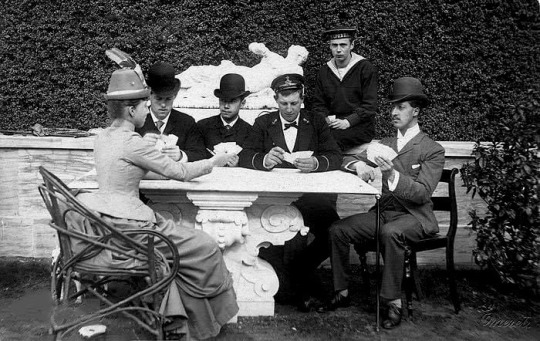
Cousins playing cards, late 1880's
Princess Alexandra of Greece and Denmark, Crown Prince Constantine of Greece and Denmark, Tsesarevich Nicholas, Prince George of Greece and Denmark, Grand Duke George Alexandrovich, Prince Albert Victor of Wales.
#alexandra georgievna#king constantine i#tsesarevich nicholas#George of Greece and Denmark#george alexandrovich#prince albert victor#1880s#danish royal family#nicholas ii#grand duke george#albert victor#alexandra of greece
47 notes
·
View notes
Text
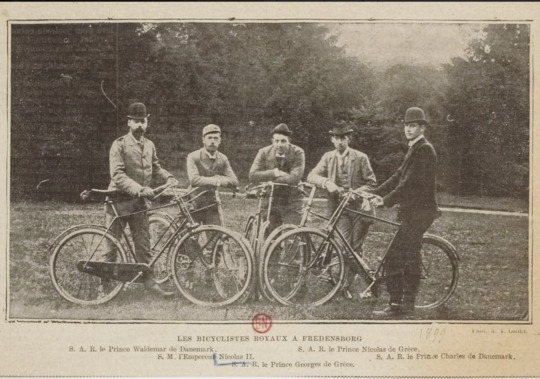
THE BICYCLE WAS ALL THE RAGE, SO THE ROYALS HAD TO GET INTO CYCLING
On the photo above, from left to right: Prince Valdemar of Denmark, Emperor Nicholas II, ��Greek Georgie” (Prince George of Greece), “Greek Nicky” (Prince Nicholas of Greece) and Prince Christopher of Denmark. These guys really dressed up to go riding…neck tie, hat…
On the photo below, from left to right, Grand Duke Mikhail Alexandrovich…the jock of the group as usual, notice the handle of his bike; Cousin Victoria of Wales with an incredibly small waist, Queen Maud and her handsome and intelligent husband Hakoon VII.

#russian history#imperial russia#nicholas ii#vintage photography#prince nicholas of greece and denmark#prince george of greece#Grand Duke Mikhail Alexandrovich#Princess Victoria of Wales#Queen Maud of Norway#King Haakon VII of Norway#prince Charles of denmark
17 notes
·
View notes
Text

Rare photo of King Constantine I of Greece with his children and brother (?) (from left to right) Prince Christopher of Greece and Denmark (?), Prince George, Princess Helen, Prince Alexander of Greece and Denmark, early 1900s
Source: Princess Victoria of Wales’s private albums
#I’m not sure if the boy on the right is Christopher….#looks about right though…#king Constantine i#greek royal family#king george ii of greece#king alexander of greece#princess helen of greece and denmark#princess helen of greece#Helen queen mother of Romania#crown princess Helen of Romania#prince Christopher of Greece and Denmark
13 notes
·
View notes
Note
Hello! Was the marriage of George Mikhailovich and his wife really disastrous? Thank you.
Hello there! Thank you for your question.
Grand Duke Georgiy Mikhailovich married Princess Maria of Greece and Denkark in 1900. Upon the marriage, she became 'Maria Georgievna'. Georgiy seemed very much in love with Maria at first, he courted her for five years before she decided to marry him, having turned him down initially. They seemed to be, on paper, a good match - they were notably both very artistic, and together they designed their own English-style house in the Crimea, called Harax.

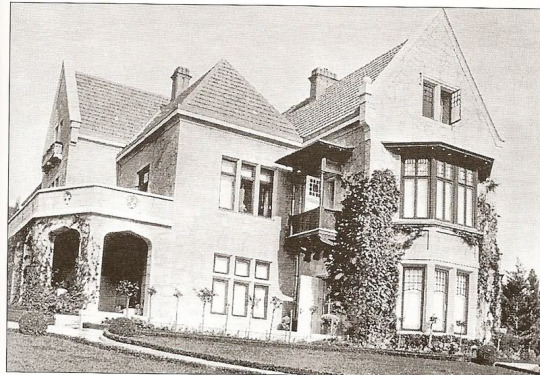
They were close with the Romanovs, especially Xenia Alexandrovna, who was Maria's best friend, cousin, AND sister-in-law! Georgiy and Maria's daughters occasionally played with Maria and Anastasia Nikolaevna, and were friendly with Nicholas and Alexandra.


Unfortunately, Maria never seemed to be able to settle in Russia and longed to return to Greece, which I suspect put strain on the marriage. The final blow (in my opinion) came in 1913, when Maria's father King George I of Greece was assassinated. It was such a shock and she was devastated. This was even more distressing as it was the Romanov Tercentenary year, and Georgiy and Maria were expected to attend celebrations, despite being deep in mourning.
Maria seemed to have been deeply unhappy, and took her children to London in 1914 as a way to take a break from the marriage, with Georgiy meant to follow them to London later on. Of course, Maria couldn't have predicted war would break out, but it meant that there was an excuse to stay in London and away from Russia where she was unhappy, as her and her daughters couldn't travel back to Russia due to the danger it posed. It is believed that her daughters, Nina and Xenia, who had tumultuous relationship with their mother, always resented her for taking them away from their father in 1914 - he would be shot in 1919, and they would never see him again after the move to London.
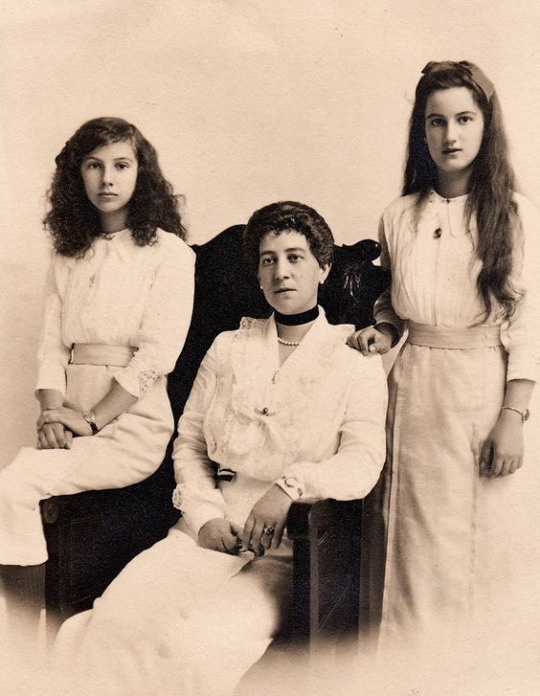
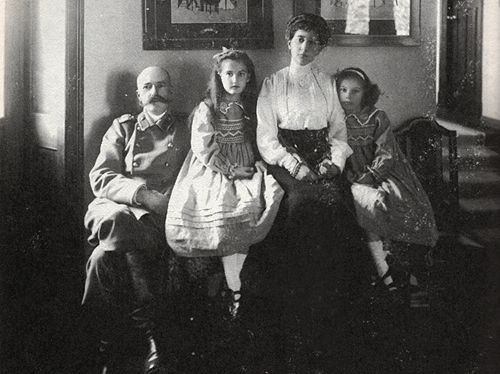
Despite this, there was clearly some affection between Georgiy and Maria. From London, Maria tried desperately to help Georgiy, contacting Russian relatives, the Danish embassy, and offering £50,000 (almost £3,000,000 today) of her own money in return for him being freed.
So, their marriage wasn't absolutely disastrous - there seems to have been some closeness and they clearly shared common interests. Their collaboration on Harax especially indicates that they had a good partnership. Despite this, Maria never seemed able to fall in love with Georgiy, or Russia. It wasn't a success by any means, but they did not hate each other.
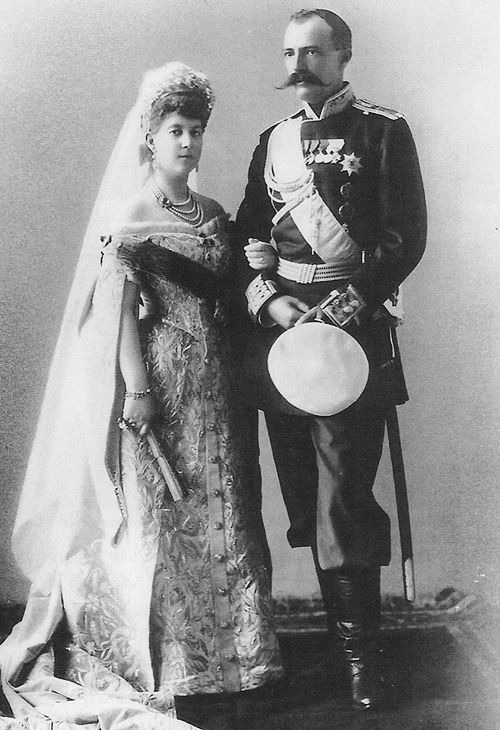
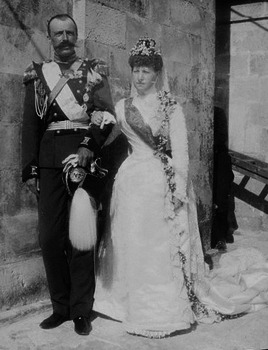
#q#anon#ask#answered#Maria Georgievna#Maria of Greece and Denmark#George Mikhailovich#Georgiy Mikhailovich#Nicholas II#Xenia Alexandrovna#Harax#Harax palace#1919#Xenia Georgievna#Nina Georgievna#Mikhailovichi
13 notes
·
View notes
Text
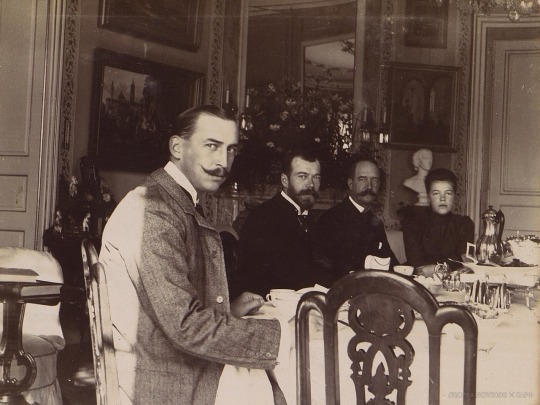
Nicholas II, his sister Olga and their European relatives: King George I of Greece and Prince Nicholas of Greece (front) at a family reunion in Denmark, 1899
29 notes
·
View notes
Text
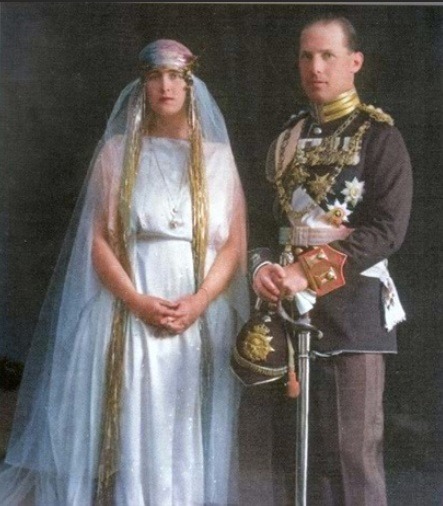
2 notes
·
View notes
Text
A Royal Life by HRH Duke of Kent & Hugo Vickers #HouseofWindsor #BookReview #Audiobook
I finally got around to listening to the #Dukeofkent's memoir recently. A cousin to the late #QueenElizabethII, he has also led a life of service. Famed royal historian #HugoVickers helped put together this book. #houseofwindsor #ARoyalLife #bookreview
HRH The Duke of Kent has been at the heart of the British Royal Family throughout his life. As a working member of the Royal Family, he has supported his cousin, The Queen, representing her at home and abroad. His royal duties began when, in 1952, at the age of sixteen, he walked in the procession behind King George VI’s coffin, later paying homage to The Queen at her Coronation in 1953. Since…

View On WordPress
#A Royal Life#Duchess of Kent#Duke of Edinburgh#Duke of Kent#House of Windsor#Hugo Vickers#King George V#King George VI#Prince George#Prince Philip#Princess Marina#Princess Marina of Greece and Denmark#Queen Elizabeth II#Queen Mary
3 notes
·
View notes
Text
MAX & THE THREE MUSKETEERS MASTERLIST


: ̗̀°•*⁀☆ SUMMARY: mercedes is just a tiny bit worried about your dates with their archnemesis; once mick, lewis and george caught a whiff of your treason, they had to intervene and stop the villain from stealing their princess.

•*⁀☆ PAIRING: max verstappen x fem! mercedes admin! reader
╰≫ NOTE: the reader has no face claim. pictures haven't been used to represent the reader's appearance.
๋࣭ ⭑⁀☆ STATUS: completed
⋆。‧⁀☆ UPDATES: 22:00 GMT (UTC+0 UK), 09:00 AEDT (UTC+11 AUSTRALIA), 23:00 CET (UTC+1 GERMANY, FRANCE, ITALY), 00:00 EET (UTC +2 GREECE), 07:00 JST (UTC +9 JAPAN), 17:00 EST (UTC -5 AMERICA), 14:00 PST (UTC +8 CANADA), 03:30 IST (UTC +5:30)
・゚:⁀☆ TAGS: fluff, all of this reads like a fever dream, crackiest crack that has ever cracked, toto and christian being forced in-laws, max being max, this is like romeo and juliet if they slayed, blatant mick favoritism, lewis being too old for this shit, sebastian cameo, the wigs were paid actors
‧₊˚⁀☆ A/N: i was bullied to turn this into a series

[ episode i ] - 20/09/2023
[ episode ii ] - 22/09/2023
[ episode iii ] - 25/09/2023
[ episode iv ] - 30/09/2023
[ episode v ] - 12/10/2023
[ the finale ] - 31/10/2023
[ bonus ] - 10/02/2024
[ 1 year anniversary ] - 20/09/2024
#⚔️ max and the three musketeers#max verstappen x reader#max verstappen au#f1 x reader#f1#f1 imagine#f1 instagram au#f1 smau#f1 social media au#instagram au#social media au
2K notes
·
View notes
Text
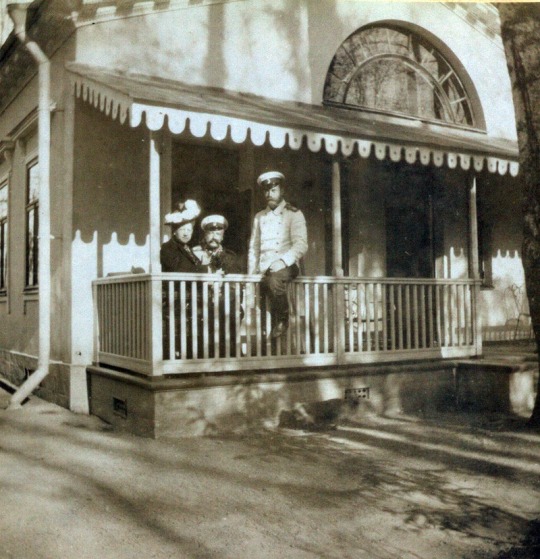
Nicholas II with Princess Maria of Greece and Grand Duke George Milhailovich.
#princess maria of greece#greece#tsar nicholas ii#grand duke george mikhailovich#tsar#my own#grand duke
23 notes
·
View notes
Text
Some of the surviving clothes and personal belongings of Lord Byron (1788 - 1824)


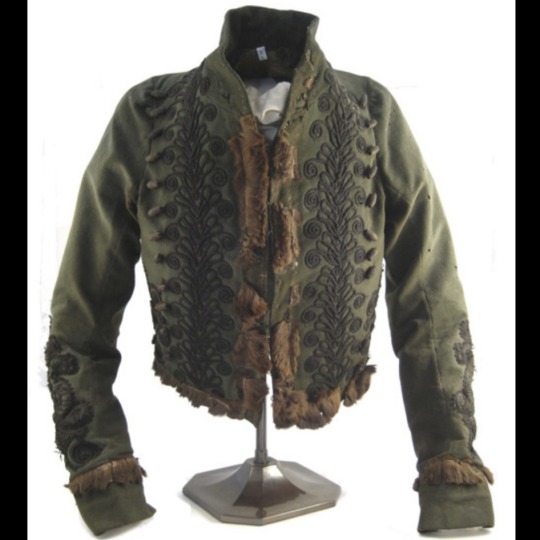
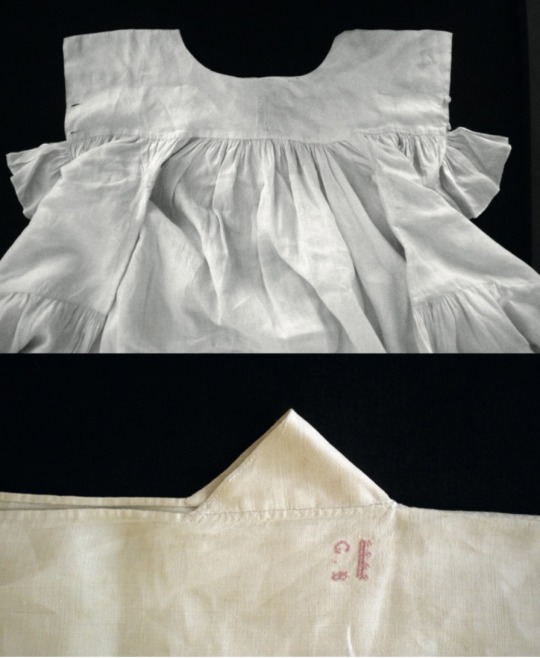
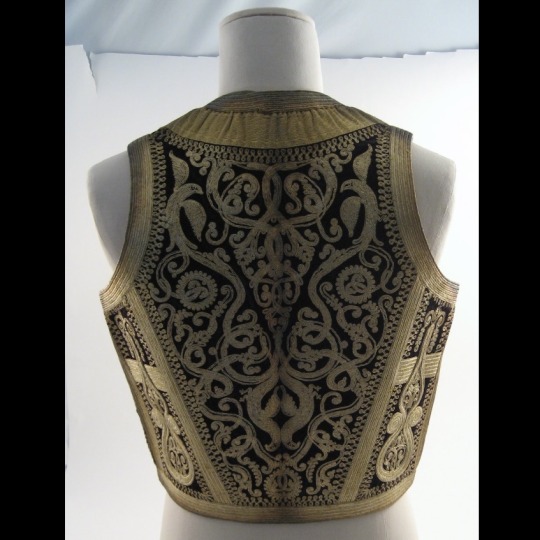

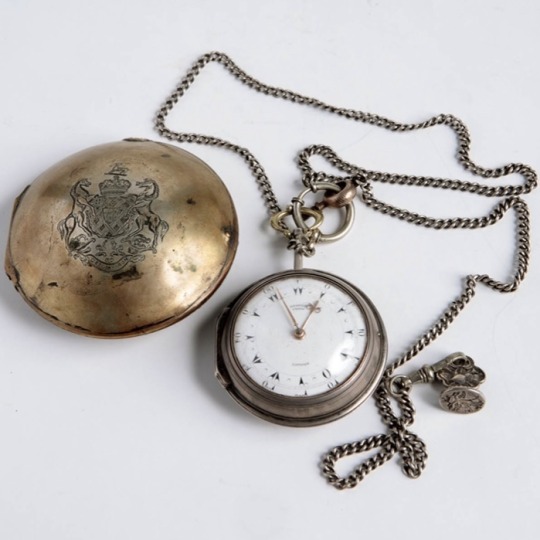
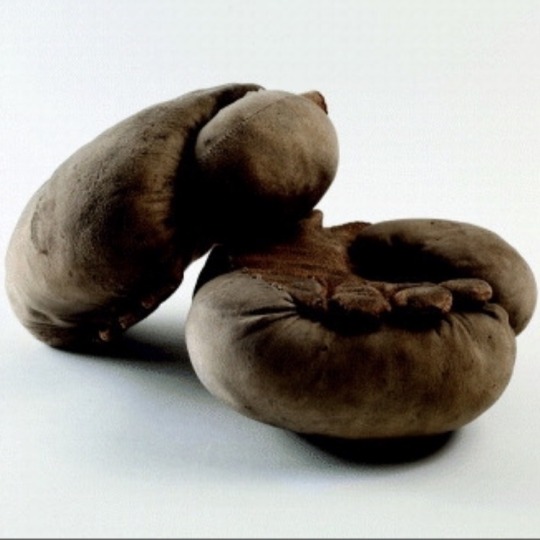
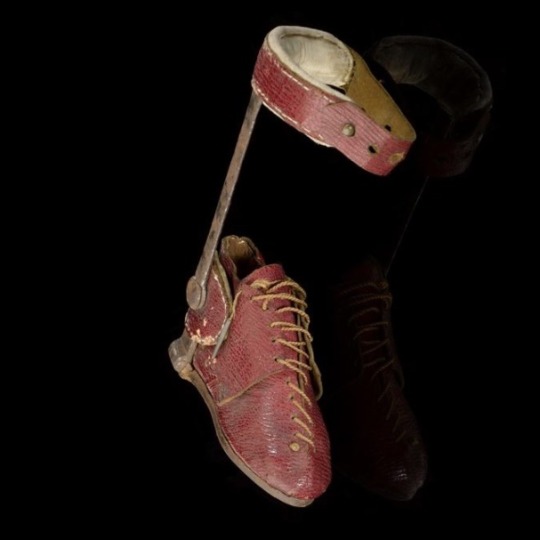
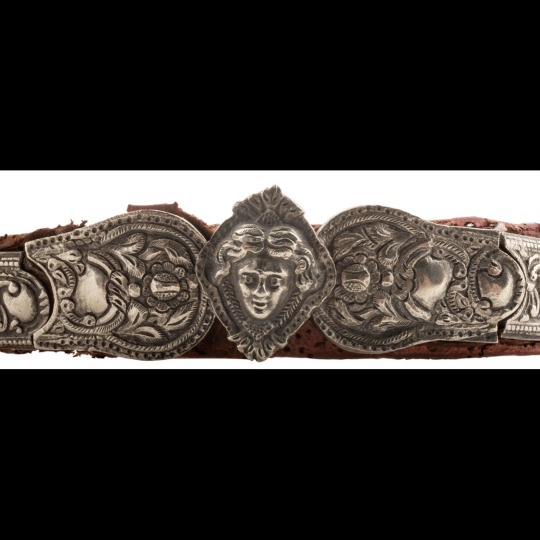
1) a favorite white waistcoat originally belonging to King George II (1683 - 1760) bearing their shared initials; Byron wore this on his wedding day
2) a red embroidered jacket from Albania
3) a green fur-lined jacket given to him by Edward Trelawny
4) a linen undershirt of his which Lady Byron kept after their separation
5) a gold embroidered vest from Albania
6) a ring, thought to be his engagement ring
7) a pocket-watch bearing the Byron family crest
8) pair of boxing gloves; pugilism was big in 1800s london & like many male aristocrats at the time, Byron took lessons at the academy of famous boxing champion John Jackson
9) a small infant’s orthopedic boot; one of the many unsuccessful attempts to treat the congenital deformity of his leg & lifelong limp
10) a 32in/83cm belt with the head of Nike/Victory worn in his last months in Greece during the Revolution; a popular symbol during the war.
#lord byron#history#fashion#historical fashion#regency era#regency era fashion#byron#british history#artefacts#museum artefacts#artifacts#relics#english history#literary history#old#19th century#imperial era#georgian era#1800s#alabanian#byronism#romantic era#romanticism
315 notes
·
View notes
Text
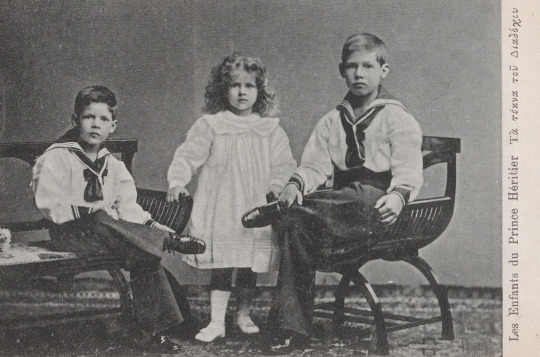
Alexander, Helen and George: eldest children of Constantine I of the Hellenes.
They were related to the Romanovs through the Konstantinovichi branch; their father Constantine was named after their great-grandfather, Grand Duke Konstantin Nikolaevich.
They were also related to OTMAA more closely through the Danish line; Nicholas II and Constantine were first cousins; Constantine's father was Maria Feodorovna's favorite brother.
#romanov relatives#greek royal family#george ii of the hellenes#alexander of greece#helen of greece#my collection
38 notes
·
View notes
Text
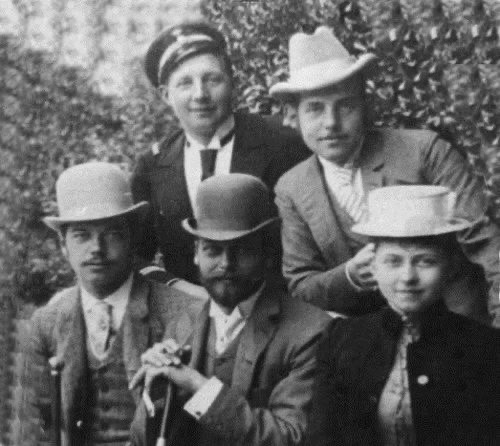
Tsesarevich Nicholas, Prince George of Wales, Princess Sophia of Prussia, Crown Prince Constantine of Greece and Prince George of Greece and Denmark 1890s.
#Tsesarevich Nicholas#prince george of wales#Princess Sophia of Prussia#crown Prince Constantine#George of Greece and Denmark#nicholas ii#George v#Queen sophia of Greece#Constantine i#1890s
38 notes
·
View notes